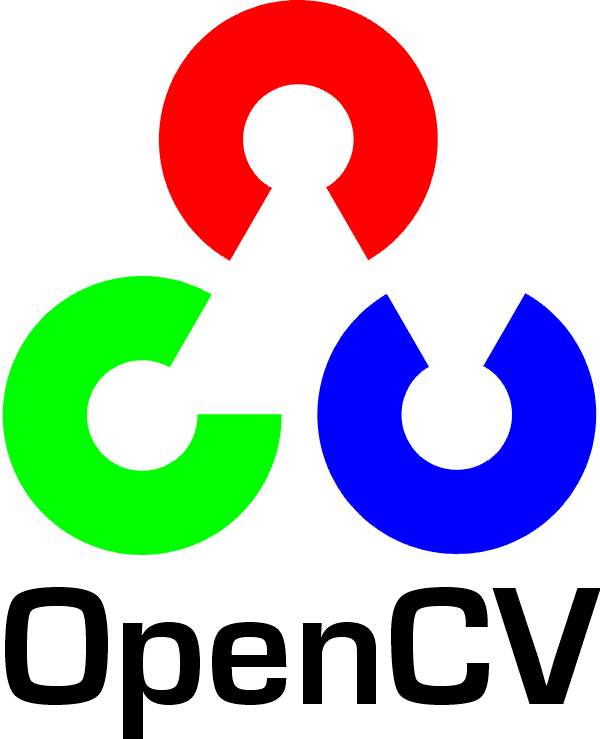
|
TES-CVIDS: A Transmission Efficient Sub-map Based Collaborative Dense VI-SLAM Framework Tianjun Zhang1, Lin Zhang1, Fengyi Zhang1, Shengjie Zhao1, Yicong Zhou2 1 School of Software Engineering, Tongji University, Shanghai, China 2 Department of Computer and Information Science, University of Macau, Macau |
Introduction
This is the website for our paper "TES-CVIDS: A Transmission Efficient Sub-map Based Collaborative Dense VI-SLAM Framework. "

Source Codes
Use git to clone the repository:
git clone git@github.com:z619850002/TES-CVIDS.git
Tested data Extraction Code: za2l
Dependencies
Note: all these codes are implemented in C++ 11. We have tested the library in Ubuntu 16, but it should be feasible to compile in other platforms.
1. ROS-Kinetic
TES-CVIDS is implemented based on ROS-Kinetic.
2. OpenCV
We use OpenCV to manipulate images and features. Dowload and install instructions can be found at: http://opencv.org. We use 3.4.1, but it should also work for other version at least 3.0.

3. Eigen3
Download and install instructions can be found at: http://eigen.tuxfamily.org.

4. ceres
This is an optimziation library. We use ceres library to perform non-linear optimizations. More details can be found in http://www.ceres-solver.org/.
4. PCL
This is a point cloud library. We use PCL library to process point cloud or meshes for dense mapping. More details can be found in https://pointclouds.org/.

Demo Videos
The following are the demo videos demonstrating the performance of our TES-CVIDS framework for collaborative dense mapping.
Last update: Oct. 1, 2023